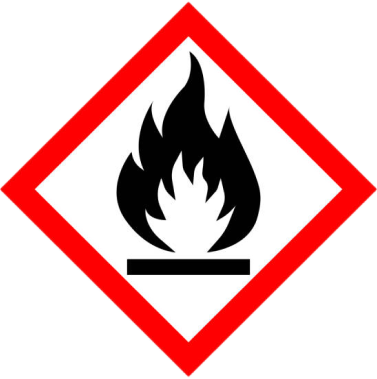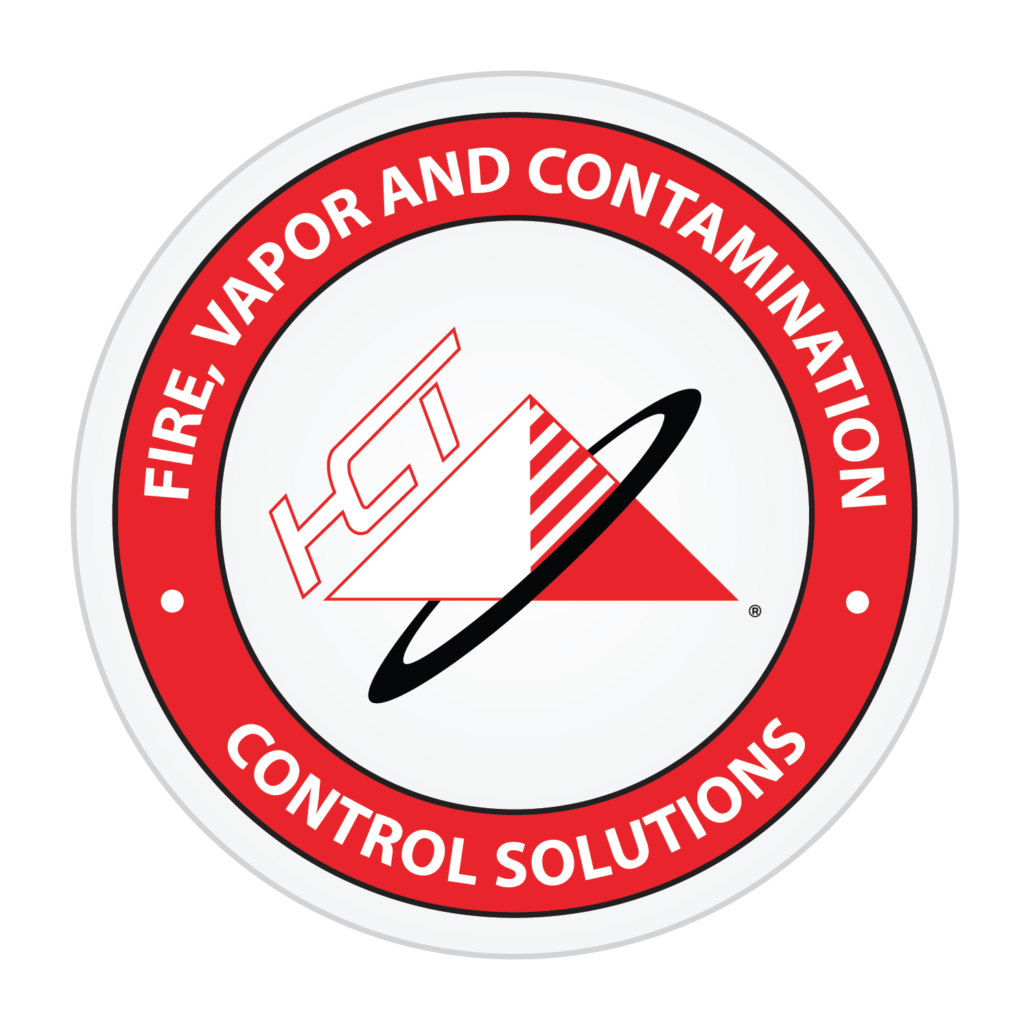Aircraft Fire Suppression
In the rapidly changing world of aviation, the role of top-tier fire protection becomes essential. Modern aircraft, with their advanced technological components, present unique fire suppression challenges. Some of these hazards include flammable liquids, engine fires, cabin fires, and hazardous materials, and they all require specialized agents and systems for extinguishing a fire. Whether it’s protecting the passengers and flight crew or protecting valuable assets in aircraft storage, it is necessary to have an effective approach that protects the entire aviation environment.

Types of Fire Hazards in Airplanes
Aircraft hangars and the aircraft itself are complex environments, both designed with a variety of systems and components that present a unique range of fire hazards. It’s crucial to understand these hazards and be able to establish a proactive aircraft fire suppression system.
- Flammable Liquid (Class B) Fires: Airplanes rely on flammable liquids as their primary power source. Jet fuel and gas are both stored in fuel tanks and transported through fuel lines, located in the aircraft’s wings. With the potential of fuel re-ignition, specialized agents like the F-500 EA are essential solutions for fire suppression.
- Electrical Fires: The most common causes of electrical fires in airplanes are worn or torn insulation and damaged wiring. Although these types of fires are unlikely, they can be very dangerous. Some of these fire hazards are seen in the aircraft cabin. Electrical equipment like in-flight entertainment systems and electronic devices can malfunction, leading to cabin fires.
- Engine Fires: Aircraft engines operate under extremely high temperatures and pressures, which makes them more susceptible to fires. These fires can be caused by flammable liquid leaks or mechanical malfunctions. Because engine fires can harm the safety of everyone on board, immediate detection systems are required to combat the spread of a fire.
- Hazardous Materials: Aside from the structural and operational components of an aircraft, they often transport a large amount of goods and personal belongings, some of which can be hazardous. For example, modern suitcases are built with portable charger ports, and these chargers can be hazardous if not removed before the luggage is stowed away. Materials like chemicals and lithium-ion batteries can ignite if they’re exposed to adverse conditions. Ensuring these materials are properly stored is critical for fire prevention and overall safety.
Fire Suppression Solutions
At Hazard Control Technologies, we understand the challenges of aircraft fire suppression. With our extensive expertise and commitment to high-quality products, we offer a range of fire suppression systems and agents designed to address the specific needs of modern aviation:
- F-500 Encapsulator Agent: Our groundbreaking Encapsulator Technology goes beyond extinguishing flames. This suppression agent separates the fuel from oxygen and stops the chemical chain reaction, reducing the production of harmful toxins and carcinogens that are commonly linked to firefighter cancer.
- Fluorine-Free Foam: Traditional firefighting foam contains chemicals with environmental and health concerns. Our fluorine-free agent demonstrates our commitment to safer, environmentally friendly fire suppression techniques that traditional foam fire suppression systems can’t tackle.
- Lithium-Ion Battery Fires: With modern luggage featuring portable chargers for electronic devices, the potential for lithium-ion battery fires increases. Our specialized solutions have the ability to attack these fires, ensuring rapid suppression and prevention of flame re-ignition.
- Fire Extinguishing System: Our line of mobile and fixed fire extinguishers, powered by Encapsulator Technology, is tailored to address various fire classes. From cabin fires caused by electrical equipment to flammable liquid fires in the engine, our portable fire extinguishers ensure effective fire suppression.
- Suppression Systems: We offer an array of fire suppression systems to meet the needs of different aircraft types and their unique cargo compartments. Our systems are designed for immediate fire detection and efficient fire suppression, making sure we minimize damage and ensure the safety of passengers and crew members.

At Hazard Control Technologies, our solutions are accomplished through cutting-edge technology and years of experience in the field. We are an ISO 9001:2015 registered company, guaranteeing consistent quality and rigorous quality control testing with each of our products and services. Our ultimate goal is to offer unparalleled fire protection for the aviation industry, making sure our products remain standards of top-quality safety.
Experience Excellence at Hazard Control Technologies
When it comes to aircraft fire suppression, Hazard Control Technologies stands as a leader in providing innovative and reliable fire protection systems. With decades of expertise and comprehensive research, we have developed efficient fire suppression solutions catered to the unique challenges of aviation.
Our dedication to excellence and commitment to aviation safety is reflected through our various agents, systems, and equipment, including the F-500 Encapsulator Agent, fluorine-free foam, fire extinguishers, and protection for lithium-ion battery fires. These products promise to effectively extinguish fires while reducing the concentration of toxins and carcinogenic substances that are causes of cancer in firefighters. When safety is paramount, you can trust that HCT will deliver unparalleled fire suppression solutions, keeping all occupants in the aircraft safe.
Contact
Please fill out the form below for more information or to request a quote!

